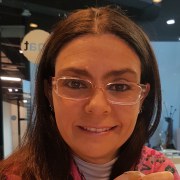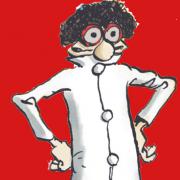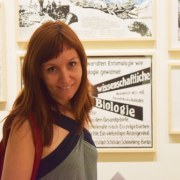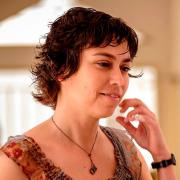Having fun with... classification
Find this session's presentations here.
Biodiversity is often mentioned in the media. Unfortunately, usually only to talk about the results of naturalists' research: there are four species of giraffes, a new species has been discovered or another is endangered.
However, the scientific methods underlying these headlines are rarely exposed: how do we describe, compare and “sort” living things? Classification is the ultimate tool to understand life, and requires a lot of knowledge (taxonomy, cladistics, genetics, paleontology, evolution...). Measuring the closeness of two specimens is a complex issue.
We want to share activities to experiment the methods of classification: with biological material (shells, elephant teeth, dinosaurs models), DNA sequences (DNA barcoding), or… teddy bears!
Each experiment is designed to stimulate classification skills (comparing colors, shapes, patterns and sizes), understand similarities and differences and develop a scientific method. And YES, classification can be exciting!
Session speakers
Head of Science/Culture Dpt
We successfully launched a “French Society of Plushology” during International Year of Biodiversity (2010), to learn in a twisted way the methods of naturalist sciences. We then carefully study the imaginary ecosystem of… plush toys! Collections, observations and even morphological classification are transformed into a highly playful activity. With the power of bio-informatics, we generate original and accurate classification trees. Please, DO bring your own Teddy bear for analysis!
Centre for Social Studies and Research Centre in Biodiversity and Genetic Resources
Classification of the living world is more than just looking for similarities and differences between organisms. Is also putting those characteristics in a temporal perspective, an evolutionary context that help understanding the wonders of how life evolved from a “so simple beginning”. By exploring the analogies between a genealogical and a phylogenetic tree, young children are able to engage in discussion about kinship, heredity, natural selection and the nature of science. Add time to use their creativity to recreate those concepts and you have a fun moment of learning!
Content developer and educator
Young children love to order and sort things. At Naturalis Biodiversity Center, we stimulate them to learn about the process/scientific method of making a classification.
I invite you to participate in simple classification activities for young children age 3- 5 that contribute to the understanding of the theory of evolution at an older age.
Manager, Urban Barcode Project
Cold Spring Harbor Laboratory
New York City
United States
The Urban Barcode Project (UBP) is a science initiative to engage citizen scientists to explore biodiversity. Just as a unique pattern of bars in a universal product code (UPC) identifies each item for sale in a store, a DNA barcode is a DNA sequence that uniquely identifies each species of living thing. The UBP thus enables participants to gain knowledge, confidence, and interest in science and publish results while studying the interaction of biodiversity and human well-being.
Science Communicator Manager
What about classifying objects rather than living organisms? Can we build a phylogenetic tree with screws, nails, blots and nuts? Using systematic thinking we propose to put all this in “order”. At Lagos Ciência Viva Science Centre we developed an activity that can easily engage students (age 6 to 12) to their first approach to classification. However, using the same materials and principles we can also engage high school students to the fundaments of co-evolution and other evolutionary concepts.






